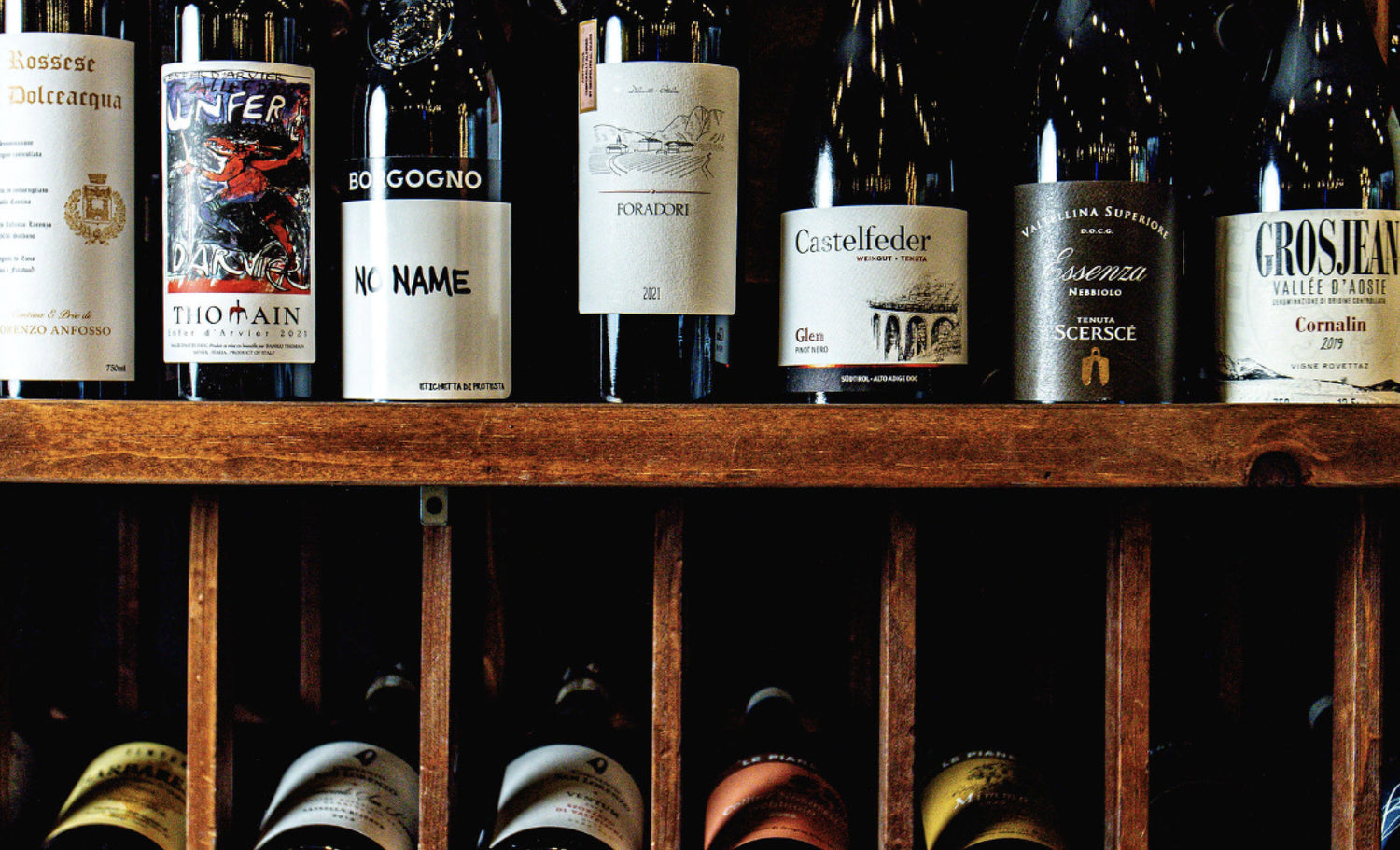Collection: Rare & Emerging Wine Regions

Rare and emerging wine regions that we, and the rest of the wine world, are excited about!
Georgia
Not the state but the country! Scientists discovered the earliest archaeological evidence of winemaking in Georgia in the southern Caucasus Mountains, dating back to 6000 B.C., during the Neolithic period. At this time, humans had begun to cultivate and develop consistent plant resources, and thus, began to experiment and advance arts and crafts - one of those crafts being the production of wine. What a time to be alive! The Caucasus Mountain range forms the border between Europe and Asia, and thus Georgia became a crossroads for global viticulture.
Among the archaeological evidence found were large clay amphora jars without lids. These jars, called qvevri (kway-vree) are still being used today for the production of wine. Qvevri fermentation is a signature of Georgian winemaking. Wines are fermented in Qvevri buried in the ground, controlling their temperature and are fermented with the ‘skins on’. Instead of undertaking the tedious manufacture of lids, the Georgians realized that phenolic compounds in grape skins act as an anti-microbial barrier, protecting wines from spoilage while allowing a controlled rate of oxidation, necessary for flavor development. White wines, undergoing skin-contact fermentation become amber, or orange wines, and develop great richness and very soft tannins. Common white varietals include Rkatsiteli, Mtsvane, Khikvi, and Kisi, offering high acidity and savoriness. (See us at the shop for those pronunciations.) Reds, although usually fermented on the skins anywhere in the world, develop an intense richness and depth of color. The most common red wine you’ll see from Georgia is made from Saperavi, and closely resembles a rich and smoky Syrah. These wines are incredible and best drunk with food, paired in almost any way you’d like. Along with reds, rich amber wines may be paired with darker meats, barbecue, or a simple pizza with your favorite toppings.
Winemaking in Georgia has seen a significant revival as natural and skin-contact wines emerge into the mainstream. Georgian Vignerons are staying true to their heritage and making some of the world’s most distinctive wines, turning Georgia back into the powerhouse it was thousands of years ago. As is customary in Georgian wine culture, enjoy these wines around a delicious feast with your loved ones.
Slovenia
Neighboring northeastern Italy, southern Austria, and Western Hungary, Slovenia is just as serious about wine as anywhere else. The country has been making wine for thousands of years with winemaking records dating back to Celtic Tribes in 400 B.C. Slovenian wine has been overshadowed by its larger neighbors, but is starting to gain the recognition and praise it deserves.
The majority of Slovenian winemaking centers around white and orange wines, made from Malvasia, Rebula (Ribolla in Italy), Pinot Grigio, Haloze Belo, and Furmint. Red wines still shine in Slovenia, and are made from Blaufränkisch, Merlot, and Cabernet Sauvignon, among others. Like many Georgian wines, Slovenian wines develop great textural richness and vibrancy, making great pairings for many foods. Popular wine regions in Slovenia include Goriška Brda (Gore-EESH-ka Burr-dah) on the Italian border, and Štajerska Slovenija (shta-YER-ska) over by the Hungarian border.
A few of the world’s greatest wineries have Slovenian roots, namely, Gravner and Radikon. Both currently make wines in Italy close to the Slovenian border, and are known for making sophisticated and polished skin-contact wines. Gravner’s Ribolla and Radikon’s Sivi Pinot are some of the most sought after orange wines in the world. Joško Gravner’s production is largely inspired by Georgian winemaking, as he uses Qvevri, the clay vessels used for fermentation mentioned above.
Slovenia remains a beautiful and inspiring destination for wine tourism, and showcases around 18,550 hectares of vineyards. Slovenia is also home to the worlds oldest vine still producing fruit, listed in the Guinness Book of Records. Žametovka, or (Bleu de Cologne) is confirmed at over 450 years of age, and thought to be planted during the Turkish invasions of the Middle Ages. It survived great instability, and is now safely housed in a museum for all to enjoy!
Canary Islands
The Canary Islands archipelago sits around 60 miles west of Morocco, right in the middle of the Atlantic Ocean. Las Canarías were originally colonized by Spain around the 15th century, and its potential for viticulture was immediately realized.
At a latitude of 28 degrees N, the islands are Europe’s most tropical wine region, but it is the unique terroir that ultimately sets them apart. Each of the islands are volcanic islands, with one still being an active volcano, and due to erosion and countless eruptions, each island has a unique blend of light stone soils, heavy volcanic rock and proportions of sand and clay. Climatically, the islands are warm "green zones", as moisture from seaward winds collects on volcanic mountaintops and cascades down to extremely fertile rolling hills and flatlands. The unique combination of terroir develops wines with great structure, acidity, and complexity
The archipelago encompasses 8 main islands: Tenerife, Fuerteventura, Gran Canaria, Lanzarote, La Palma, La Gomera, El Hierro, La Graciosa. Each of the islands except for Fuerteventura has its own protected DO (Denominacíon de Origen). Tenerife is the largest of the islands, and has 5 DO’s within its territory. There are around 20 indigenous grape varietals to the archipelago, with Listán Blanco, Listán Negro, Malvasía Volcánica, Negramoll, and Vijariego Negro, being some of the most popular. Viticulture in Las Canarías is inspired by old world European roots, but ends up producing truly unique wines. A tropical island wine vacation doesn't sound too bad at all!
It feels good to be 'stocked up.' Discover, each month, what is on our Table with these hand-picked selections shipped right to you. Exclusives, must-haves, and more.
JOIN OUR Wine CLUB




